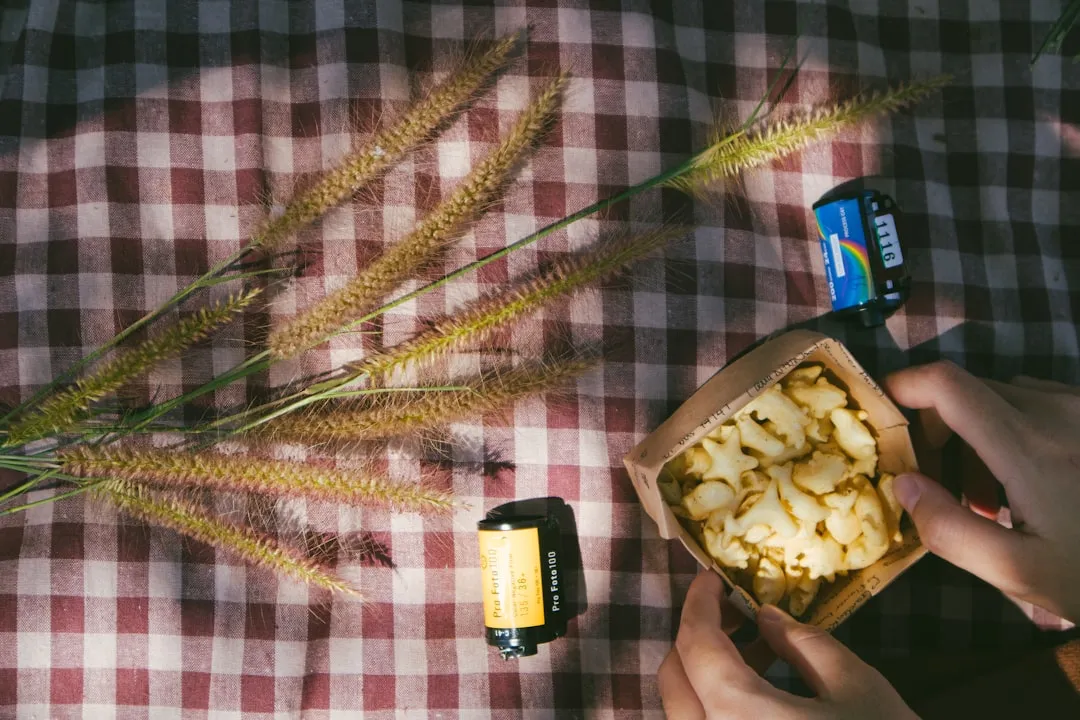When I first started cooking, if I saw lemon juice or zest in a recipe, I almost always left it out. Unless it was a main component, I never thought it made much of a difference in the dish's overall flavor — but I couldn't have been more wrong.
A touch of citrus brightens and balances just about anything. If a sauce, soup, or salad tastes like it's missing something, a teaspoon or two of lemon or lime juice and its zest can be the magic fix.

You might be tempted to skip the zest altogether if you don't own a dedicated zester or Microplane. Good news: with nothing more than the peeler and knife already in your drawer, you can capture every fragrant bit of that colored peel.
Safety and prep first
Wash and dry the fruit. Rinse off any wax, dirt, or pesticide residue before you start so you don't work it into your food.
Stabilize your cutting board. Slip a damp towel underneath to keep it from sliding while you peel.
How to zest citrus fruits without a zester
There is a method where you remove the leftover peel, scrape out the white pith with a spoon, and mince everything — but that's a lot of extra work. The three quicker options below keep things simple.
Y‑peeler or swivel peeler (easiest)
Hold the fruit firmly and drag the vegetable peeler over the surface, working in shallow strokes so you remove only the colored peel, not the bitter white pith underneath.
On Amazon: KitchenAid Classic Y Peeler, Black ($9.99)
On Amazon: OXO Good Grips Swivel Vegetable Peeler, Black ($11.97)

Stack the wide strips, then slice them into long, thin ribbons using a chef's knife.

Mince the ribbons if you need tiny pieces.

Box grater (fine‑hole side)
If you have a box grater, reach for the side with the smallest holes. Lightly drag the fruit down the surface, rotating as soon as you expose the white layer.
Chef's‑knife scraping trick
Grip the knife almost flat against the peel and "plane" it at a shallow angle. Small shards of zest roll off the edge while most of the pith stays behind.
Storing your extra zest
You can store whole lemons in your refrigerator in a plastic bag to make them last longer. But leftover zest doesn't last long in the fridge. However, it freezes beautifully:
Freeze it flat. Spread minced zest in a zip‑top freezer bag, squeeze out the air, and freeze. The thin layer lets you break off only what you need.
Dry it quickly. Scatter zest on a paper towel and microwave in 10‑second bursts until crisp. Then, store it in a jar for a months‑long shelf life.
Infuse salt or sugar. Bury fresh strips in a container of kosher salt or granulated sugar for a week. The zest perfumes the crystals, ready for cocktails or seasoning.
Quick ways to use that fresh zest
Finish roasted veggies or grilled fish.
Fold into pancake, waffle, or muffin batter.
Whisk into salad dressings or hummus.
Stir into yogurt or cottage cheese.
Rim cocktail glasses with a citrus‑salt or citrus‑sugar blend.
Bottom line
You don't need specialty gear to unlock the bright, aromatic punch hidden in citrus peel. Whether you opt for a trusty Y‑peeler, the fine holes on your box grater, or a steady‑handed knife scrape, you can have fresh zest in under a minute. Keep a stash in the freezer or a jar on the shelf; you'll always have a flavor turbo‑boost on standby.
Share your own makeshift zesting hacks in the comments — the more MacGyver, the better!
All photos by WonderHowTo.

























Comments
Be the first, drop a comment!